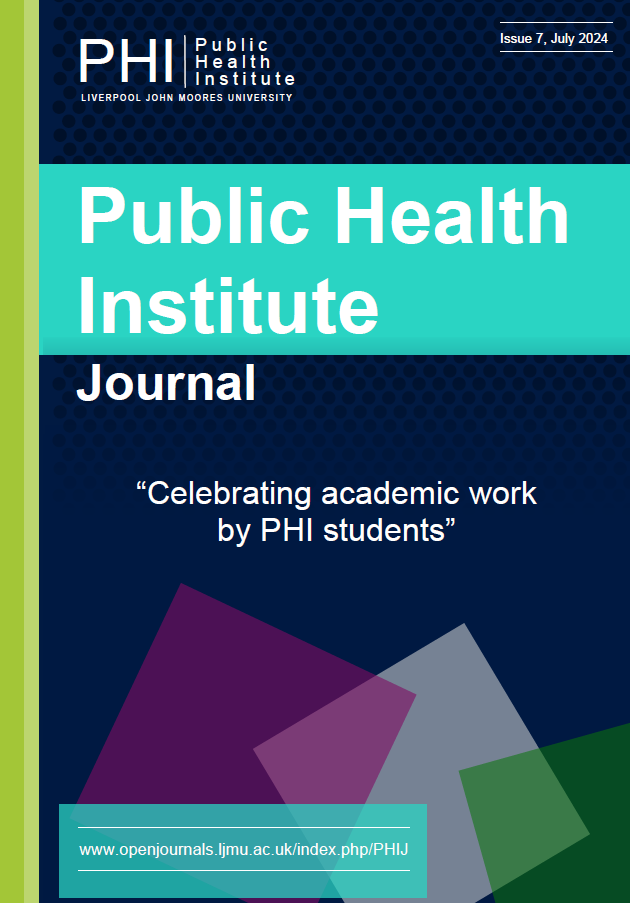A quantitative study exploring physical activity levels in children under 11 years old
Keywords:
Children's physical activity, Sedentary lifestyle, Parental influence, Environmental factors, School programs, Active livingAbstract
Physical activity does more than fight obesity and keep people from getting sick, it is also essential for children’s emotional, social, and intellectual growth. This study explores levels of activity in children. Due to technological advances and living in cities, people are becoming less active, which is creating public health issues. We must therefore reconsider how children interact with physical exercise. This study explores how family, environment, and social norms affect children's levels of physical exercise. The aim is to find out what stops children from being active, what makes children more active, and what recommendations can be made to get children more active.
A questionnaire was sent to parents or legal guardians of children aged under 11 years old living in semi-urban or urban areas, exploring their children's levels of physical activity. The questionnaire was distributed through media platforms such as Facebook, as well as targeted recruitment though email. Many things affect how active children are and these factors affect each other in complicated ways. Some important factors are how parents feel about physical exercise, the number of safe outdoor areas, and the results of school programmes that try to get children fit and moving. Key findings highlight the role of family support, outdoor space availability, and effective school programmes in improving children's physical activity levels. Addressing the blocks to physical activity requires a collaborative approach that includes policy changes, community planning, and parental education to foster energetic lifestyles among children.
In conclusion, the research suggests that parents, legal guardians, teachers, policymakers, and community planners should collaborate to create and execute multifaceted plans to get children more active. Some suggestions are to improve physical education programs in schools, make outdoor play areas safe and fun, and start efforts to teach families how important it is to be active. Ultimately, this study helps future generations live more physically active, healthy, and sustainable lives by focusing on the variables that affect how active children are.
Published
Issue
Section
License
Copyright (c) 2024 Elham Sheikholeslami

This work is licensed under a Creative Commons Attribution 4.0 International License.
Authors retain copyright and grant the journal right of first publication with the work simultaneously licensed under a Creative Commons Attribution License that allows others to share the work with an acknowledgement of the work's authorship and initial publication in this journal.


